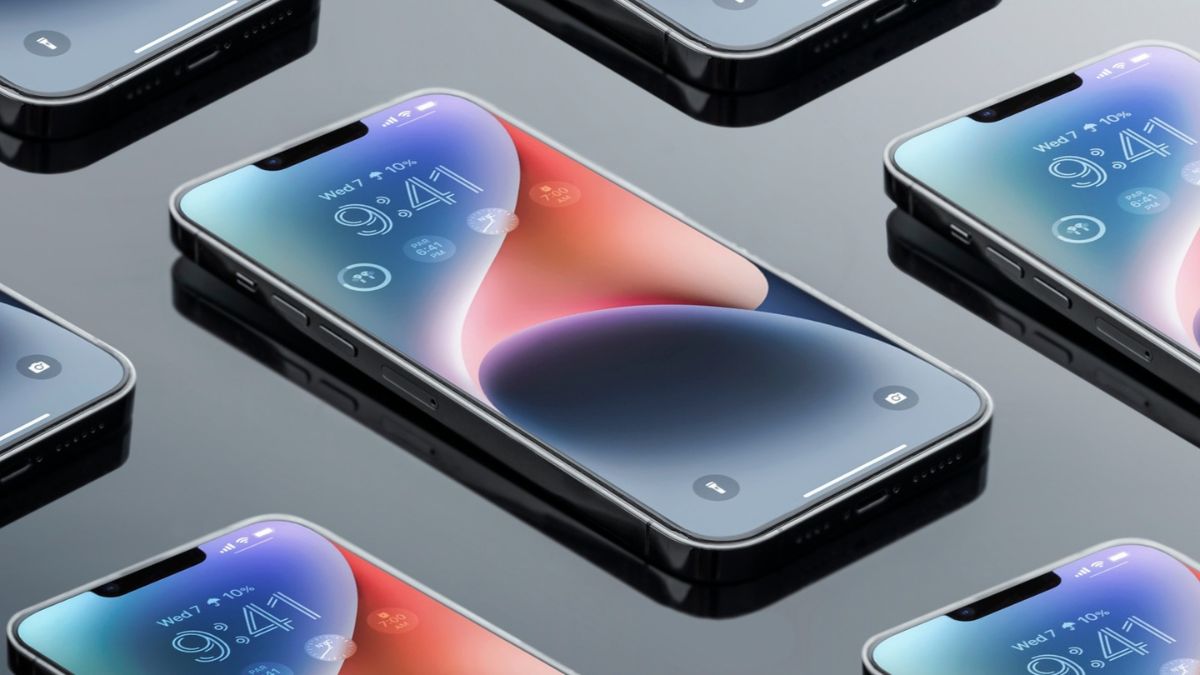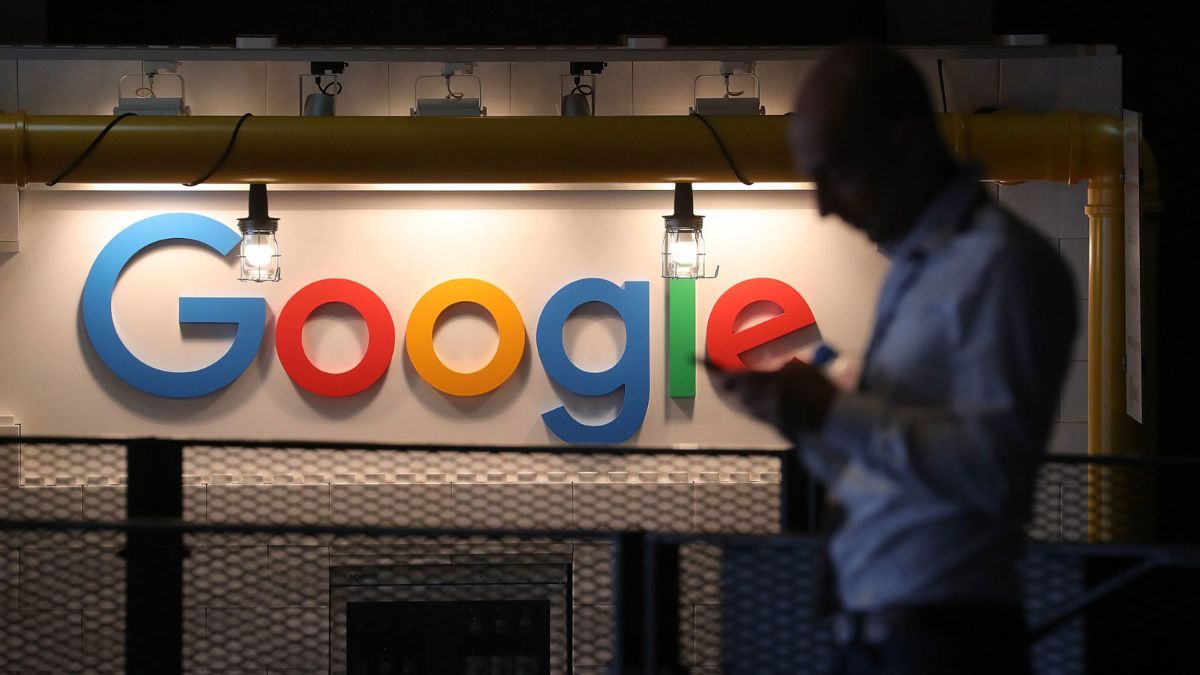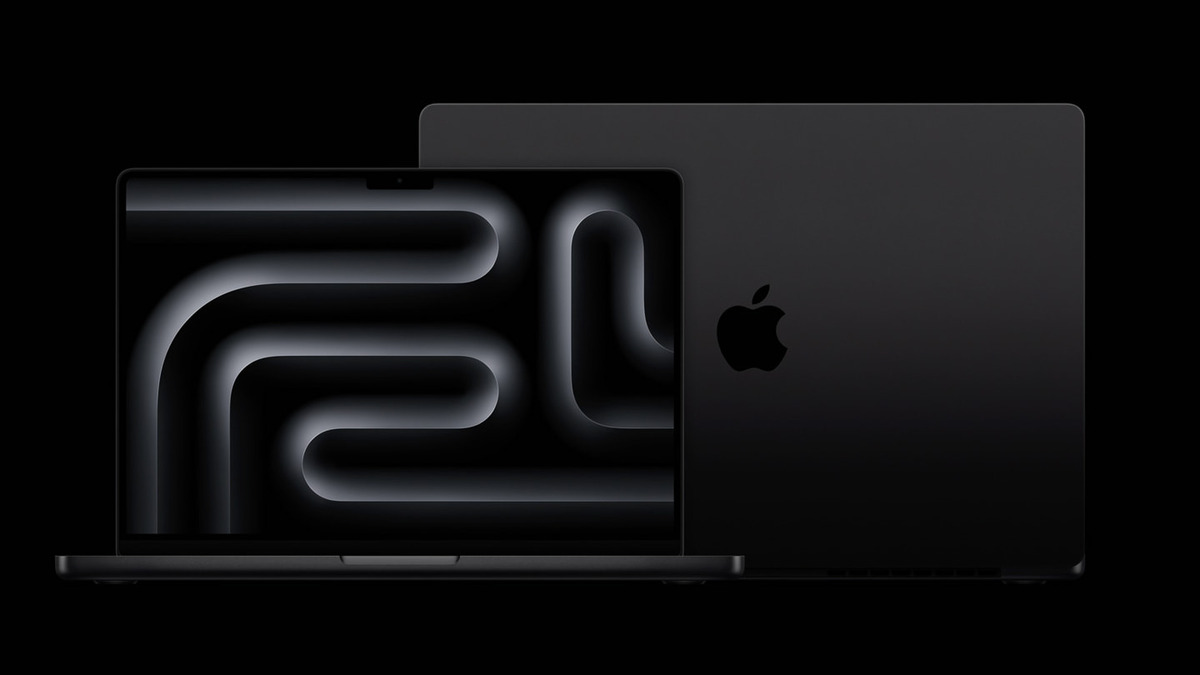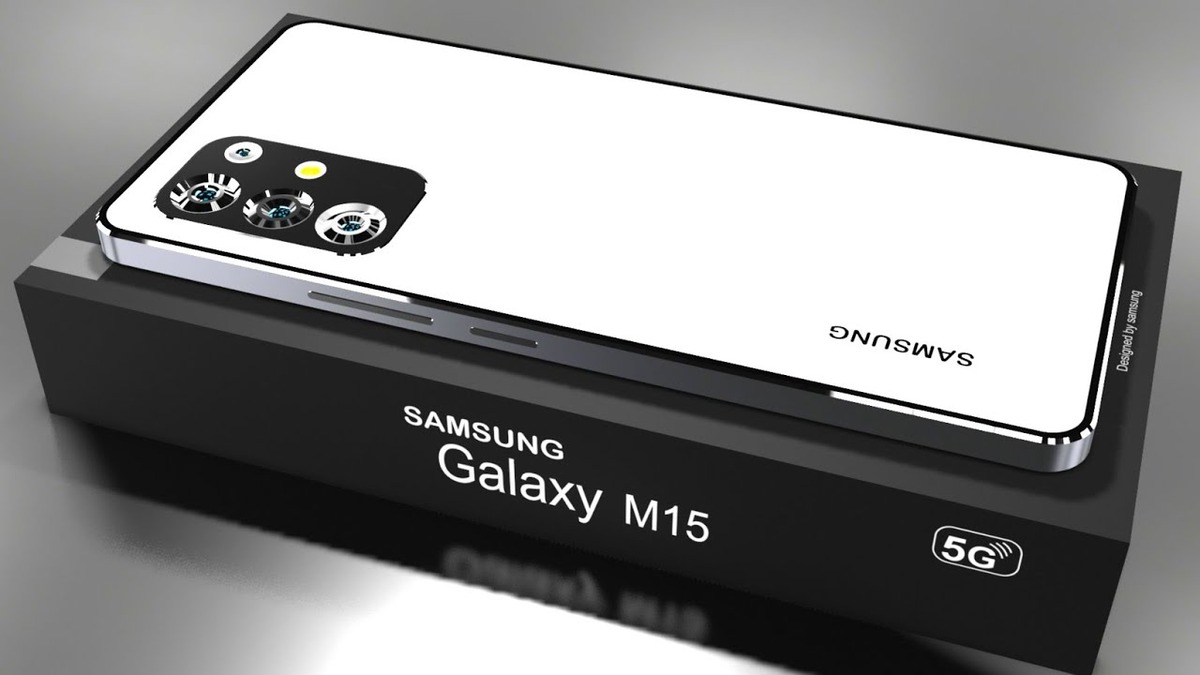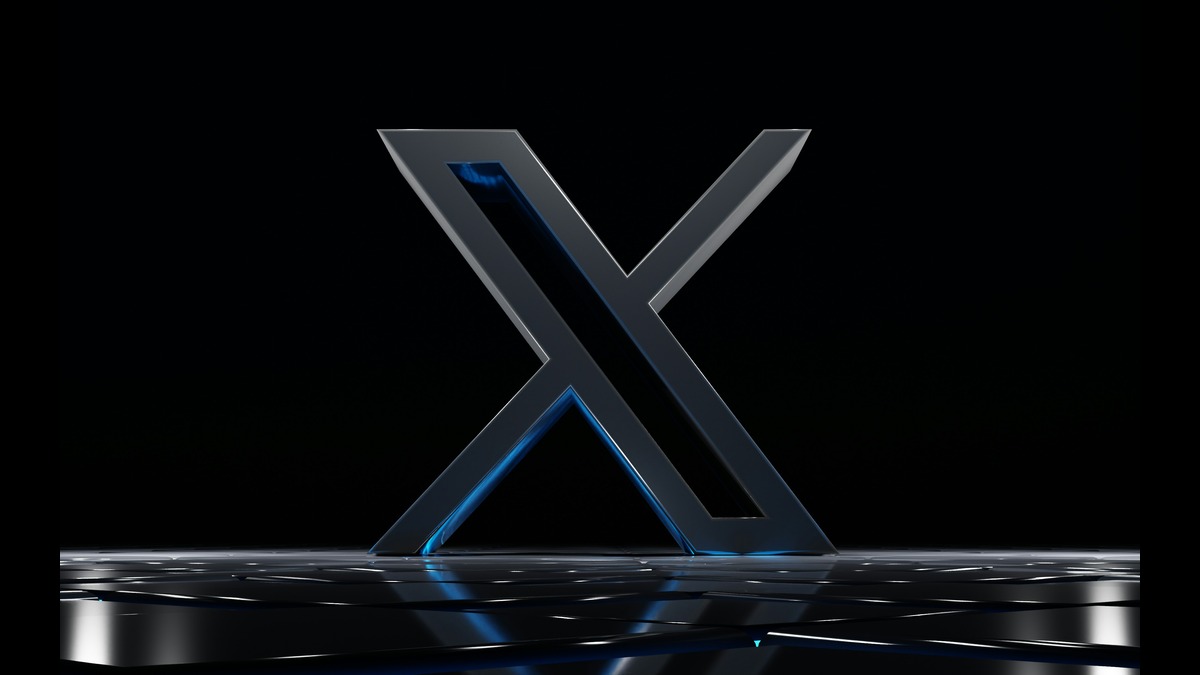Users will now be able to create photos using Bing Chat thanks to Microsoft's new AI-enabled Bing.
March 22, 2023 By Omal J
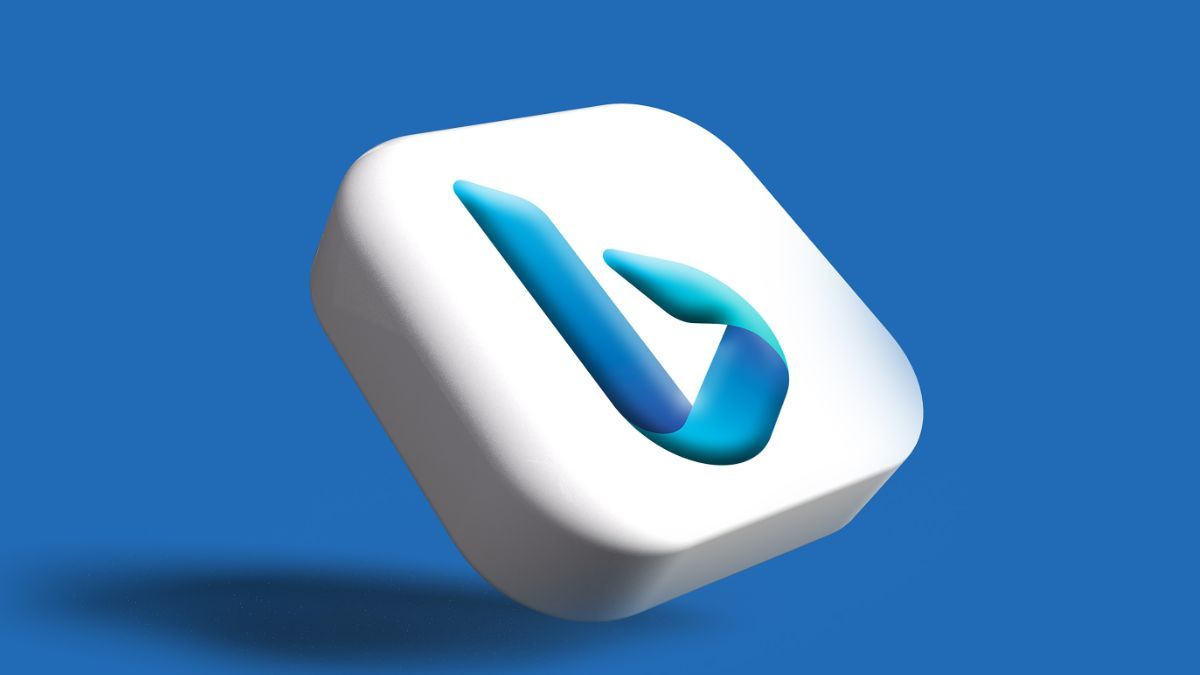
(Image Credit Google)
Image Credit: Jagran English
Microsoft revealed today that users will soon be able to create images with Bing Chat thanks to the new AI-enabled Bing. DALL-E, a generative image generator developed by OpenAI, powers this new feature. The company only stated that it is using the "very latest DALL-E models" without specifying which DALL-E version it is using.
This brand-new feature, known as the "Bing Image Creator," is currently (slowly) being made available to users in the Bing preview and can only be accessed through Bing's Creative Mode. Future versions will include Bing's Balanced and Precise modes. Also accessible in the Edge sidebar is the new image generator.
Read More: Microsoft in Talks with Ad Agencies to Monetize Bing’s Chatbot
With the proper prompts, you can create the now-recognized square of four high-resolution DALL-E images. A small Bing logo will appear in the bottom-left corner, which is a significant difference.
Initially, there were a few guardrails missing from the Bing AI release, but Microsoft quickly added them. With this release, the company is obviously trying to avoid these problems.
Microsoft state, “We have incorporated OpenAI’s safeguards and added additional protections to Image Creator, for example, we have put controls in place that aim to limit the generation of harmful or unsafe images. When our system detects that a potentially harmful image could be generated by a prompt, it blocks the prompt and warns the user.”
Microsoft promises to keep improving this new image generator. The business emphasizes that it is working to optimize how this new feature functions in multi-turn chats. The company blog post states, "We continue to believe the best way to bring these technologies to market is to test them carefully, in the open, where everyone can provide feedback."
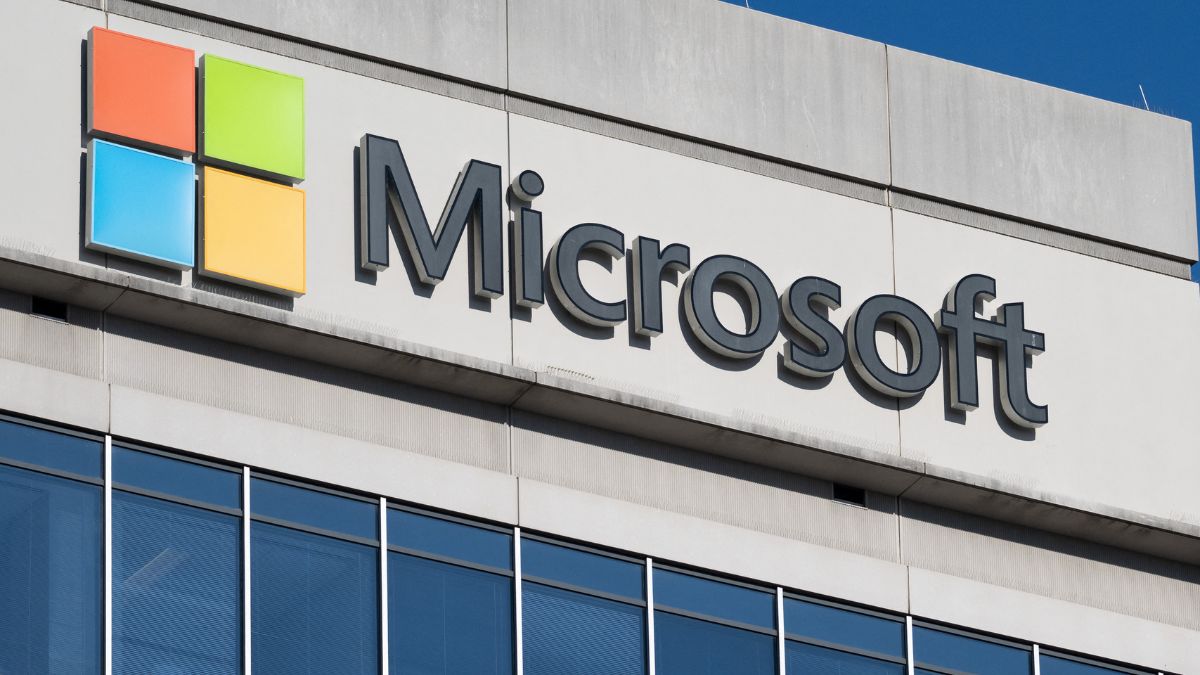 Image Credit: NPR
Image Credit: NPR
In addition to the updated image generator, Bing is receiving Visual Stories and Knowledge Cards 2.0, two more new search features. These Knowledge Cards were like Google's Knowledge Panels in Bing's earlier iteration, but now they also feature AI-generated infographics and more interactive elements like charts, graphs, and timelines.
Meanwhile, Visual Stories are more like Instagram stories that were created by artificial intelligence. Depending on the subject, these stories also include videos and audio narration produced by AI. However, they can also show up in the knowledge cards. Occasionally, they will be the first search results. Bing will highlight articles like "How Portlanders Find Fungus in the City" and "Portland: America's Quirkiest City" when you search for "Portland, Oregon," for instance. Regrettably, it does not appear that there is a way to link directly to these stories.
By Omal J
I worked for both print and electronic media as a feature journalist. Writing, traveling, and DIY sum up her life.

 Image Credit: NPR
In addition to the updated image generator, Bing is receiving Visual Stories and Knowledge Cards 2.0, two more new search features. These Knowledge Cards were like Google's Knowledge Panels in Bing's earlier iteration, but now they also feature AI-generated infographics and more interactive elements like charts, graphs, and timelines.
Meanwhile, Visual Stories are more like Instagram stories that were created by artificial intelligence. Depending on the subject, these stories also include videos and audio narration produced by AI. However, they can also show up in the knowledge cards. Occasionally, they will be the first search results. Bing will highlight articles like "How Portlanders Find Fungus in the City" and "Portland: America's Quirkiest City" when you search for "Portland, Oregon," for instance. Regrettably, it does not appear that there is a way to link directly to these stories.
Image Credit: NPR
In addition to the updated image generator, Bing is receiving Visual Stories and Knowledge Cards 2.0, two more new search features. These Knowledge Cards were like Google's Knowledge Panels in Bing's earlier iteration, but now they also feature AI-generated infographics and more interactive elements like charts, graphs, and timelines.
Meanwhile, Visual Stories are more like Instagram stories that were created by artificial intelligence. Depending on the subject, these stories also include videos and audio narration produced by AI. However, they can also show up in the knowledge cards. Occasionally, they will be the first search results. Bing will highlight articles like "How Portlanders Find Fungus in the City" and "Portland: America's Quirkiest City" when you search for "Portland, Oregon," for instance. Regrettably, it does not appear that there is a way to link directly to these stories.
